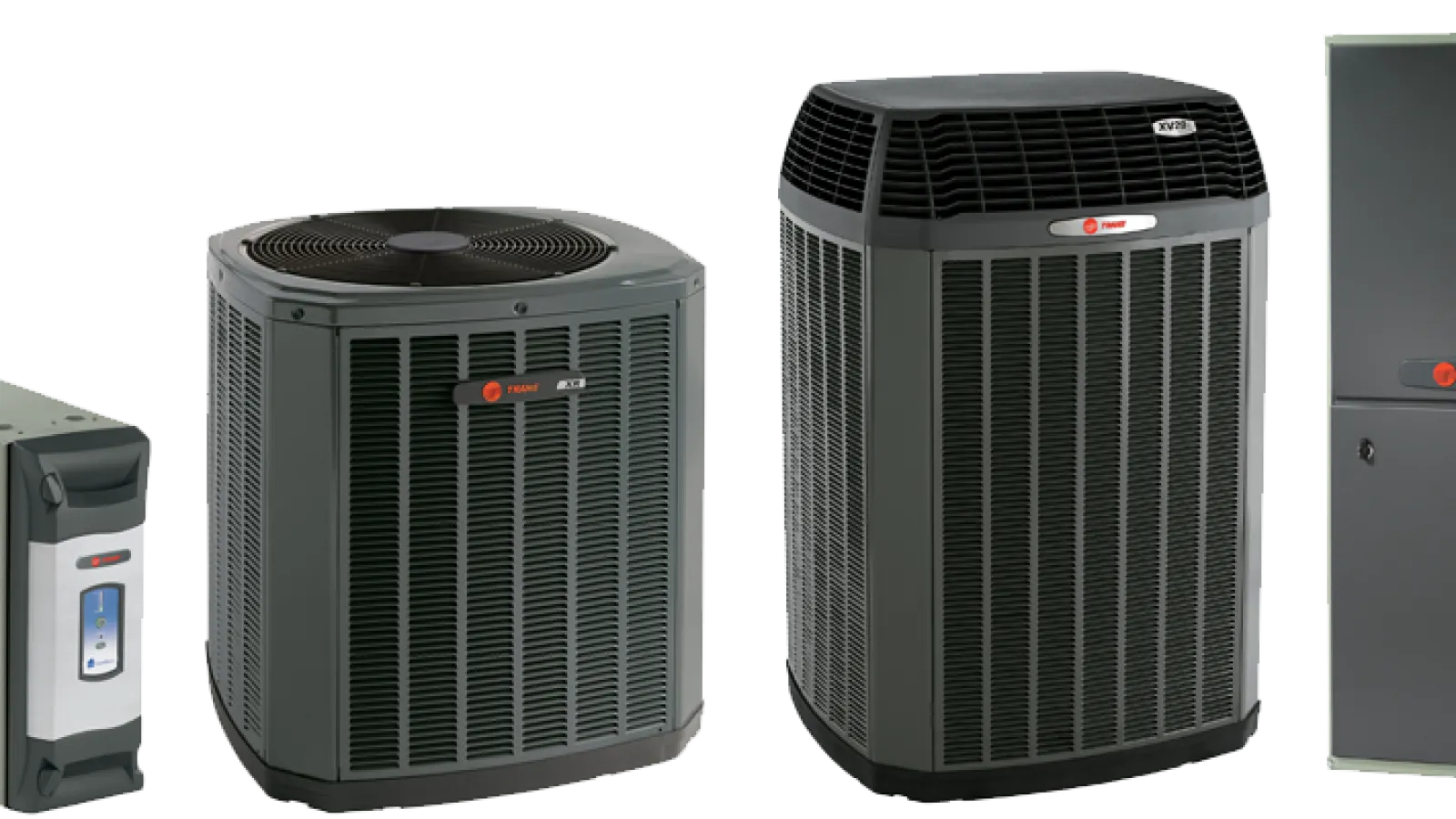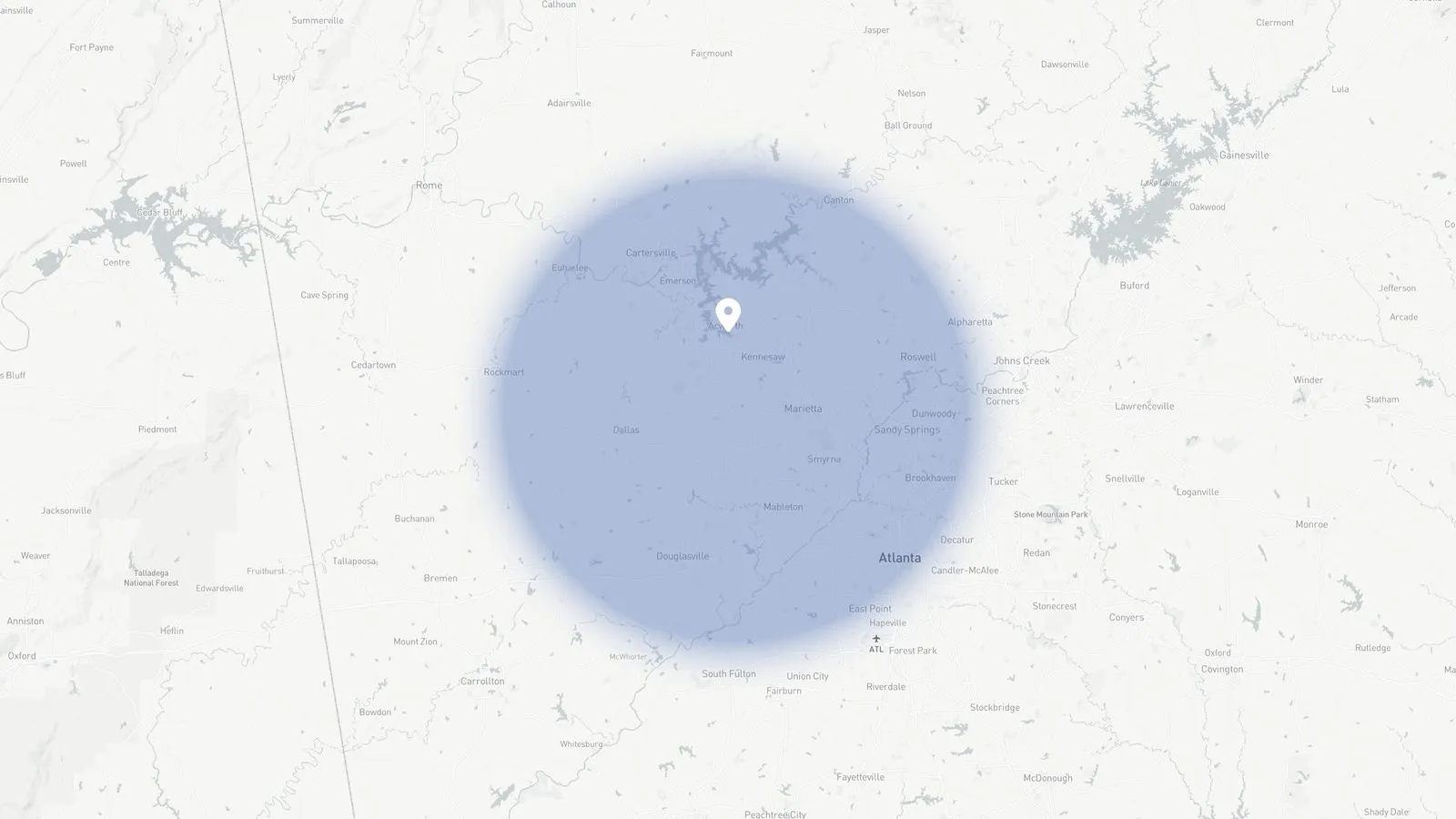Welcome to your all-in-one guide to understanding and optimizing your HVAC system! Whether you're a new homeowner or looking to brush up on your home maintenance skills, this post will walk you through the essentials of HVAC systems — from what HVAC stands for to each component's role in keeping your home comfortable year-round. Ready to become your home's climate champion? Let's dive in!
#1 What does HVAC stand for?
HVAC stands for Heating, Ventilation, and Air Conditioning.
#2 What are the components that make up an HVAC system?
There are 9 basic components in a typical central air and heat system, though configurations can vary. These components are the furnace, the heat exchanger, the evaporator coil, the condensing unit, refrigerant lines, the thermostat, the ductwork, the vents, and the heat pump. Detailed explanations of each part are provided further down.
#3 What is a Furnace?
The furnace, which is your heating unit, typically runs on electricity, natural gas, oil, or propane. Each energy source has its pros and cons, which will be covered separately. Your furnace is usually located in the basement, garage, or utility closet, and it functions primarily to heat air and distribute it through your home via ducts. Note: Furnaces are different from boilers, although they are often confused.
#4 What is a Heat Exchanger?
The heat exchanger, found inside your furnace, is crucial for heating your home. It transfers heat from the combustion gases to the air that the furnace blower pushes through the ducts, effectively warming the air before it circulates throughout your house.
#5 What is an Evaporator Coil?
Located inside the furnace, the evaporator coil plays a key role in your air conditioning system. It absorbs heat from the air passing over it, which helps cool the air that is then blown through your vents and into your home.
#6 What is a Condensing Unit?
The condensing unit, found outside usually on the side of your house, is part of your air conditioning system. It releases the heat removed from the indoor air by the evaporator coil, functioning similarly to an exhaust system when cooling your home.
#7 What is a Line Set?
Line sets, typically made of copper, connect your indoor evaporator coil to your outdoor condensing unit. They are essential for carrying the refrigerant between these two units, facilitating the heat exchange process.
#8 What is a Thermostat?
A thermostat is a device mounted on the wall inside your home that allows you to control the temperature. Modern thermostats can be smart and Wi-Fi connected, enabling you to program your home's temperature from your smartphone. Brands like Nest are popular, but there are many options available.
#9 What is Ductwork?
Ductwork is the network of tubes that allows the conditioned air from your furnace or AC unit to be distributed throughout your house. In Georgia, for example, ductwork is commonly found in crawl spaces and basements in addition to attic and ceiling spaces.
#10 What are Vents?
Vents are the outlets through which heated or cooled air from the ductwork enters your living space.
#11 What is a Heat Pump?
A heat pump is versatile, functioning for both heating and cooling. During summer, it expels hot air from your home, and in winter, it operates in reverse to bring warmth inside.
#12 You Should Know What Type of HVAC System You Have.
As a homeowner, it's important to understand the type of HVAC system installed in your home. It could be a central air conditioning system, which includes all the components listed above, a ductless mini-split system, or even a window-attached wall unit. Additionally, you should know if your furnace uses electricity, natural gas, oil, or propane, or if your home utilizes a heat pump or boiler system.
#13 Change Your Air Filters Regularly
If you've just moved into your home, start by changing the air filter. Homes on the market might not use their AC systems often, but it's still beneficial to begin with a fresh, clean air filter.
#14 Make Sure Your Condenser Unit is Clear of Debris
Your condenser, usually located in your side yard, can be easily forgotten. Over time, shrubs and debris can accumulate around it, restricting airflow and forcing it to work harder to cool your home.
#15 Don't Close Your Vents
Many homeowners mistakenly close vents in unused rooms to save energy. However, this can make your HVAC system less efficient and increase pressure in the ducts, potentially causing damage. Keeping air vents open ensures even temperature distribution throughout your home and keeps your system running efficiently. Additionally, keeping your vents clean can help prevent allergies and blockages.
Now that you're familiar with the key components and functions of your HVAC system, you're well on your way to optimizing your home's climate for maximum comfort and efficiency. Remember, regular maintenance and timely upgrades can not only extend the life of your system but also improve your home's energy consumption. If you found this guide helpful, follow us on social media and check for new blogs on more practical tips on home maintenance.

